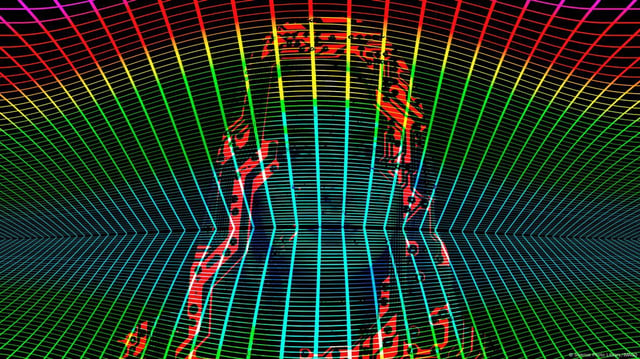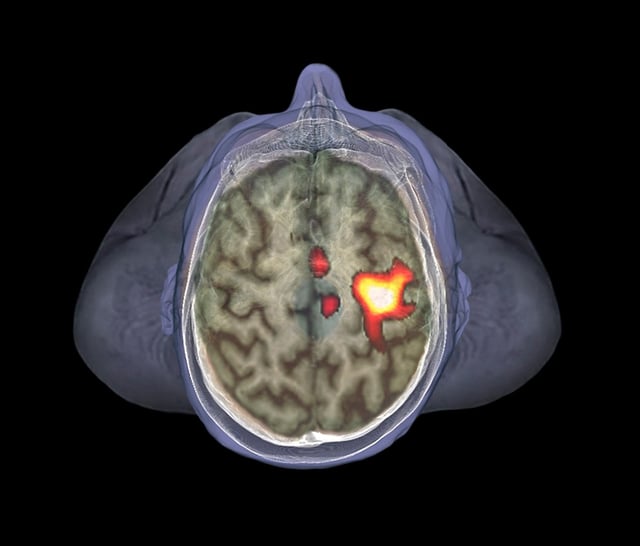Overview
- Virtual avatars displaying infection symptoms rapidly mobilize early responders of the innate immune system, including innate lymphoid and natural killer cells.
- Functional imaging revealed that the salience network and fronto-parieto-occipital circuits detect infection cues in personal space and engage the hypothalamic–pituitary–adrenal axis.
- The study establishes an anticipatory brain–immune communication pathway in humans that operates without actual pathogen exposure.
- Ongoing work is extending immune profiling to additional cell types and molecular signals and assessing how long VR-induced immune responses endure.
- Researchers are assessing VR-based priming to enhance vaccine efficacy and support allergy desensitization while testing across diverse ages and vaccine types.



